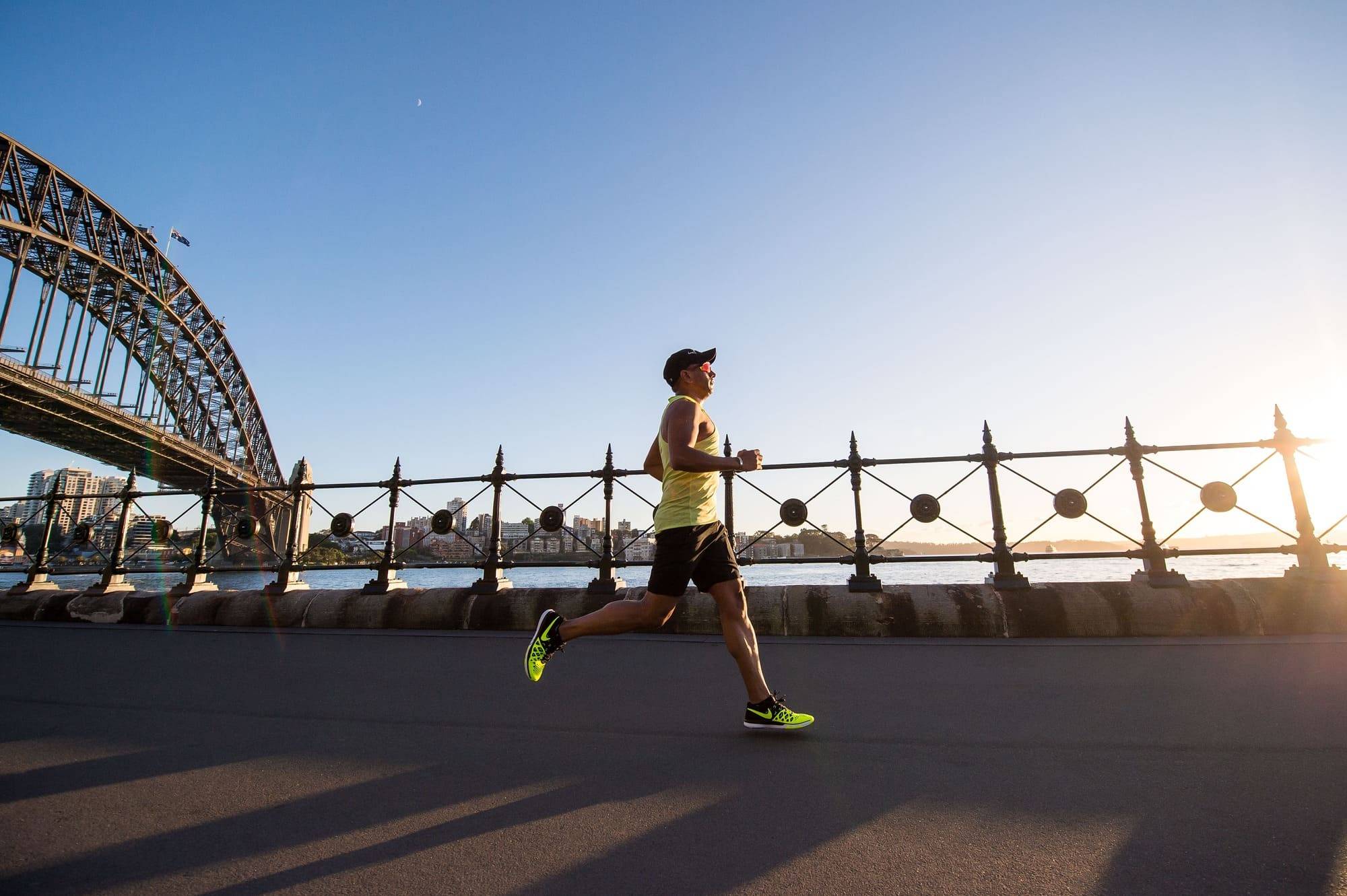A 5k run requires a near-maximum effort throughout the entire distance. For many, the run lasts 20 to 30 minutes, long enough to push you to your limits. Those unprepared for this challenge are doomed to suffer through the second half.
Your 5k training plan should prepare you physically and mentally. You must train your body and mind to overcome the most difficult stages and develop the right pace to achieve the fastest 5k time.
A good 5k training plan will increase your chances of hitting your running goals. Therefore, in this blog post, you will find specific tips and examples to help you reach your 5k goals.
5k Preparation Requirements
Most runners think that 5k training is mainly about speed work, but to compete successfully at this distance, you also need advanced aerobic capacity and speed endurance.
Speed Endurance
Speed endurance refers to the ability to maintain a high speed for as long as possible. This is a crucial skill for a 5K race.
VO2 max is one of the critical determinants for endurance running. Elite endurance runners have a VO2 max of approximately 65-80 ml/kg/min.
A good 5k pace is a hard pace but not full speed. It is about as fast as you can handle during one-mile reps without having to slow down.
So the problem is not that you don’t have enough speed to run faster for 5K, but that you don’t have enough endurance to keep the right speed for the whole 5K. So the key is to improve your speed endurance.
Aerobic Capacity
While speed and VO2 max are important ingredients for improving speed endurance, your body’s aerobic capacity is another critical component.
Aerobic capacity is the limit of the increase in energy expenditure available to an individual due to an increase in gas exchange during muscle work. Aerobic capacity evaluates the level of maximum oxygen consumption (MOC) achieved during general muscle work. In aerobic running, your body uses oxygen as its primary energy source.
If we talk about the mechanisms of energy supply at a distance of 5k, even though it seems fast for marathon runners, the main mechanism for this distance is the aerobic mechanism. Therefore, we can’t ignore the training of the aerobic system in preparation.
Intense 5k Training Plan
Of course, any kind of running training makes you a better runner overall, but specific training can significantly improve your performance at specific distances. For example, long runs help your endurance and overall fitness level but are not specific for 5k runs.
The more you develop the unique qualities necessary for specific distances, the better prepared you are to overcome those particular distances.
Speed Endurance Improvement
A common mistake runners make when preparing for 5K races is to do a lot of fast VO2 max workouts, which improve speed but don’t develop the ability to sustain a fast pace over an extended period of time.
Take, for example, a 6 x 800 meter workout at a 3k pace with 2 minutes of rest. This is a great workout for developing speed and VO2 max. However, it does not fully develop the qualities needed for a distance of 5 km, since during the 2-minute rest, you will have time to recover from the previous interval.
A much better 5k workout would be something like 6 x 800 meters at a 5k pace goal with a bit of rest in the form of a slow run at about 85% of a marathon pace. For example, if you want to run 5 km in 20 minutes, then you can do 6 intervals of 800 meters, running each of them in 3:10-3:15, with the rest of 200 meters running at a pace of 5:35 min/km between intervals.
In this case, you are training to run at your target pace for 5K with minimal rest. By not fully recovering between intervals, you improve your ability to run fast under fatigue and develop your aerobic capacity through continuous runs.
Improvement of Aerobic Capacity
Running in aerobic mode requires proper breathing. There is no generally established rule on how many inhalations or exhalations should be done and their duration. Everything is purely individual.
You need to set the right pace for yourself and regulate your breathing. The more correctly this process is debugged, the less likely it is that fatigue will come earlier than necessary.
- Training performed at anaerobic threshold power leads to mitochondrial growth, increasing aerobic endurance levels.
- The maximum degree of aerobic readiness is achieved only when all myofibrils are intertwined with the mitochondrial system, so the formation of new mitochondrial structures is impossible.
The preparation of an athlete is aimed at developing local muscle endurance. The meaning of such training is that in a cyclic exercise, each muscle contraction should be performed with near-maximal power at the level of the anaerobic metabolism threshold. The most effective workouts to develop aerobic endurance are static-dynamic strength exercises.
Training Plan for 5k
Below is an example of a 6-week specific training plan for 5k runs. This plan is for intermediate to advanced runners. If you are a novice runner, cut the number of training tasks in half (for example, instead of 10 reps of 800 meters, do 5 reps of 800).
Special workouts to prepare for a 5K run
- Week 1: warm-up 3-5 km; 11 x 400m repetitions at a 5k target pace with 100m jogging between repetitions; hitch 2-3 km.
- Week 2: warm-up 3-5 km; 6 x 800m repetitions at a 5k target pace with 100m jogging between repetitions; hitch 2-3 km.
- Week 3: warm-up 3-5 km; repeats 6 x 800m at a target pace for 5km with 200m jogging between repetitions; hitch 2-3 km.
- Week 4: warm-up 3-5 km; repetitions of 12 x 400 m at a target pace for 5 km with 100 meters of jogging between repetitions; hitch 2-3 km. Interval #10 as fast as you can.
- Week 5: warm-up 3-5 km; 8 x 800m repetitions at a 5k target pace with 100m jogging between repetitions; hitch 2-3 km. Interval #6 do as fast as you can.
- Week 6: The week before the race. Warm-up 3-5 km; repetitions 2 x 1600 m at a target pace for 3-5 km with a rest of 5 minutes; 2 x 400 meters at 1-mile pace with 3 min rest between repetitions; hitch 3 km.






